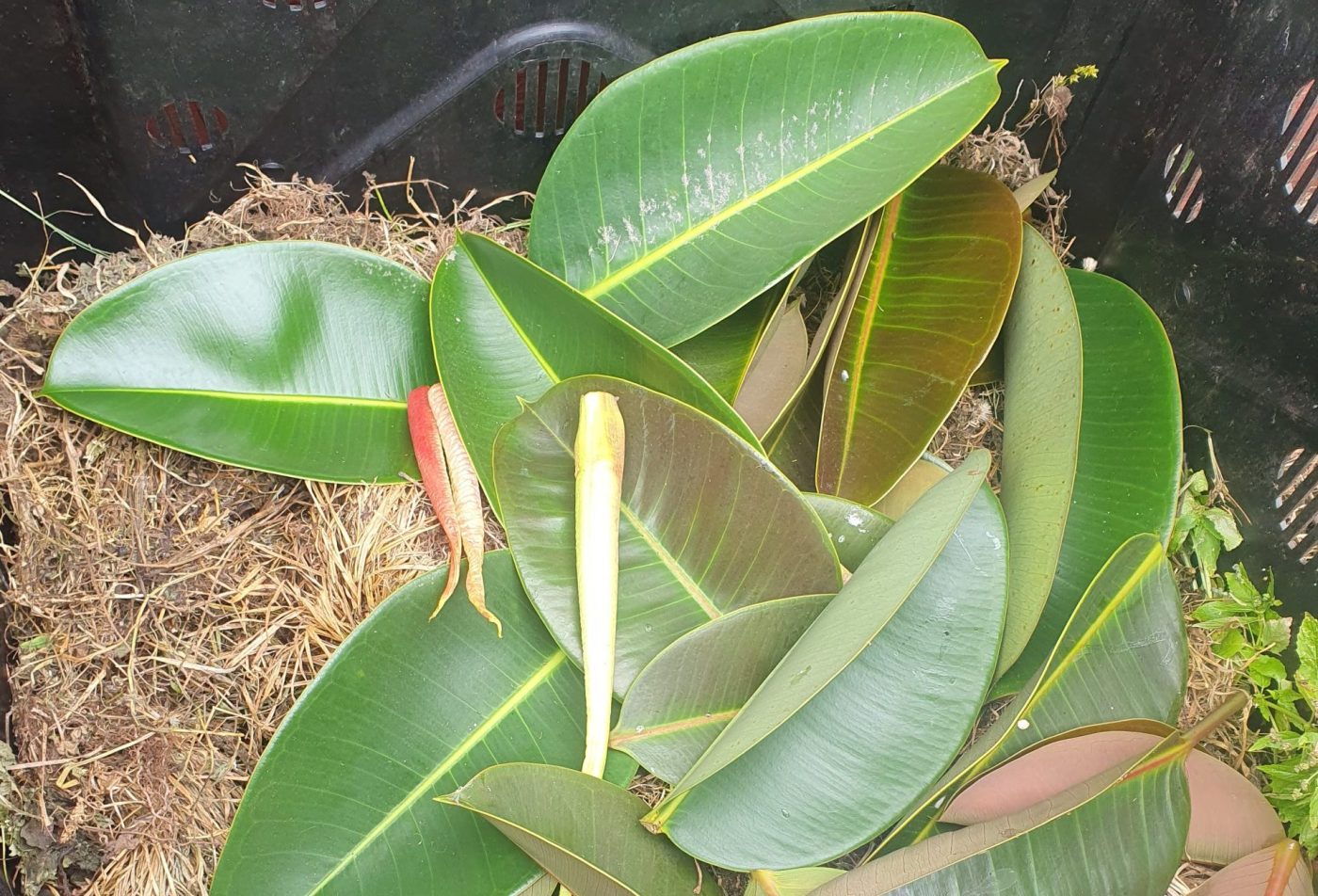|
Getting your Trinity Audio player ready...
|

- By Times’ Junior Journalist Rio Carter
Why go out to a plant shop to buy potting or garden mix when you can do it yourself, using the materials in your backyard?
It’s so simple, if you know how to make it. Good compost needs nitrogen, carbon, air, and water.
Too much nitrogen can let ammonia form, and it can heat the compost up to excessively high temperatures.
Too much carbon can make the compost stay cold and not break down.
Greens, or nitrogen-rich materials, include grass clippings out of the lawnmower, coffee grounds, food scraps, or crushed eggshells.
Weeds are also rich in nitrogen, and weeds are always destroying your lush grass!
Dry leaves, old newspapers shredded up, and plant stalks are all examples of browns (carbon-rich materials). Make sure to add a little bit of both of these items.
Now to talk more about food you can put in and what food you can’t.
Things such as banana skins provide plenty of potassium, which is a great fertiliser, and will help make your compost extra nice.
Carrot shavings, avocado skins, strawberry tops, and even corncobs are examples of other food scraps great for your bin.
Some things to avoid are meat, fish, bones (bone meal’s okay), dairy products, glossy paper, plastic, herbicide-treating plants or grass, fats, greasy foods, and plastic stickers on banana skins.
These cannot decompose and will leave plastic in your soil. Who wants that!
You’ll need a compost bin to start. Mitre10 and Bunnings have some great ones, and I recommend a 240-litre compost bin.
Too small will disable the heating process, which is what makes it decompose.
Make sure it has small holes and a lid, so the operation is aerobic, not anaerobic.
Once you’ve got your bin, put it on some soil in the backyard against the fence or something, just not next to the house, so worms can get up and help decompose the compost even more.
Start by piling some hay or grass clippings into the compost until it’s about ⅛ full.
Place your food scraps into the compost, making sure they aren’t adjacent to the edge of it.
Pile more grass clippings into it. Some dry leaves will add the carbon to it.
Keep piling that onto the grass clippings until it’s half full. Use a hose to wet the compost pile and make it soaked.
Add some more browns and greens, making sure to add even amounts of both brown and green compost.
The reason I said to put food scraps lower is because otherwise it may attract rats.
It still may, which is why I said to put it away from the house. Stay aware of this and be careful not to ruin your soil.
Once it’s at least a metre high, you can water it more until it’s all wet. Put the lid on, and water regularly.
At six weeks since you started it, use a stick to turn the compost so the decomposed stuff goes where the non-decomposed stuff was.
Do this regularly (every six or so weeks) and after four to eight months it should be ready!
Anything like bones and meat, put into your Auckland Council food scraps bin and put it out on your collection day.
Hope you can manage to make great compost like I managed to!
- Rio Carter is in year 8 at Bucklands Beach Intermediate School










